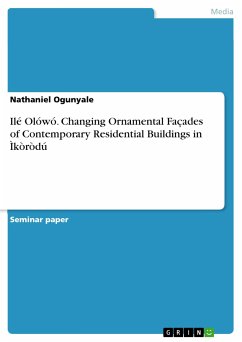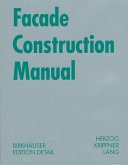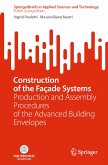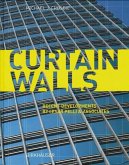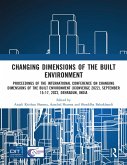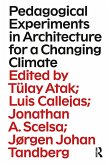Seminar paper from the year 2023 in the subject Art - Architecture / History of Construction, Obafemi Awolowo University (Environmental Design and Management faculty), course: AFRICAN ARCHITECTURE, language: English, abstract: The use of ornamentation in buildings have been widely debated in art, architecture and related fields, with scholars such as Dmochowski (1990), Osasona and Ewemade (2011) and Adegoke (2016) arguing its role in peoples culture. However, these arguments have not adequately addressed the issue of changes in using ornamentation for decoration in Ìkòròdú residential buildings. This paper therefore, addresses the issue of building designs, with special attention to changing façade ornamentation of contemporary residential buildings in Ìkòròdú, Lagos. Specifically in this paper, I will be examining the use of arches, capitals, columns, perimeter fencing and Iron gates decoration in residential buildings, in order to show that there is upsurge in adaptation and mixing of foreign influences in the contemporary residential designs. I will also discuss features and façade ornamental decoration of "ILÉ OLÓWÓ" - building of the rich in Ìkòròdú, Lagos State, and juxtapose it against its aesthetic contribution to the built environment, in order to reveal that there are hidden benefits for the artists who are used for creating these decorations. Using descriptive analysis and relying on field investigation, photographs, books and journals, I argue that this development, in addition to providing aesthetic satisfaction, is a way for the rich to distinguish their houses from the commoners, and to re-establish their status symbol in the society, a desire which was traditionally a preserve of royalty in most Yoruba lands. In conclusion, this paper, by closely examining façade building decoration in Ikorodu, sheds more light on the issue of art, ornamentation and architectural eclectic dynamism observable in façade of residential buildings in Ikorodu, Lagos.
Dieser Download kann aus rechtlichen Gründen nur mit Rechnungsadresse in A, B, BG, CY, CZ, D, DK, EW, E, FIN, F, GR, HR, H, IRL, I, LT, L, LR, M, NL, PL, P, R, S, SLO, SK ausgeliefert werden.

